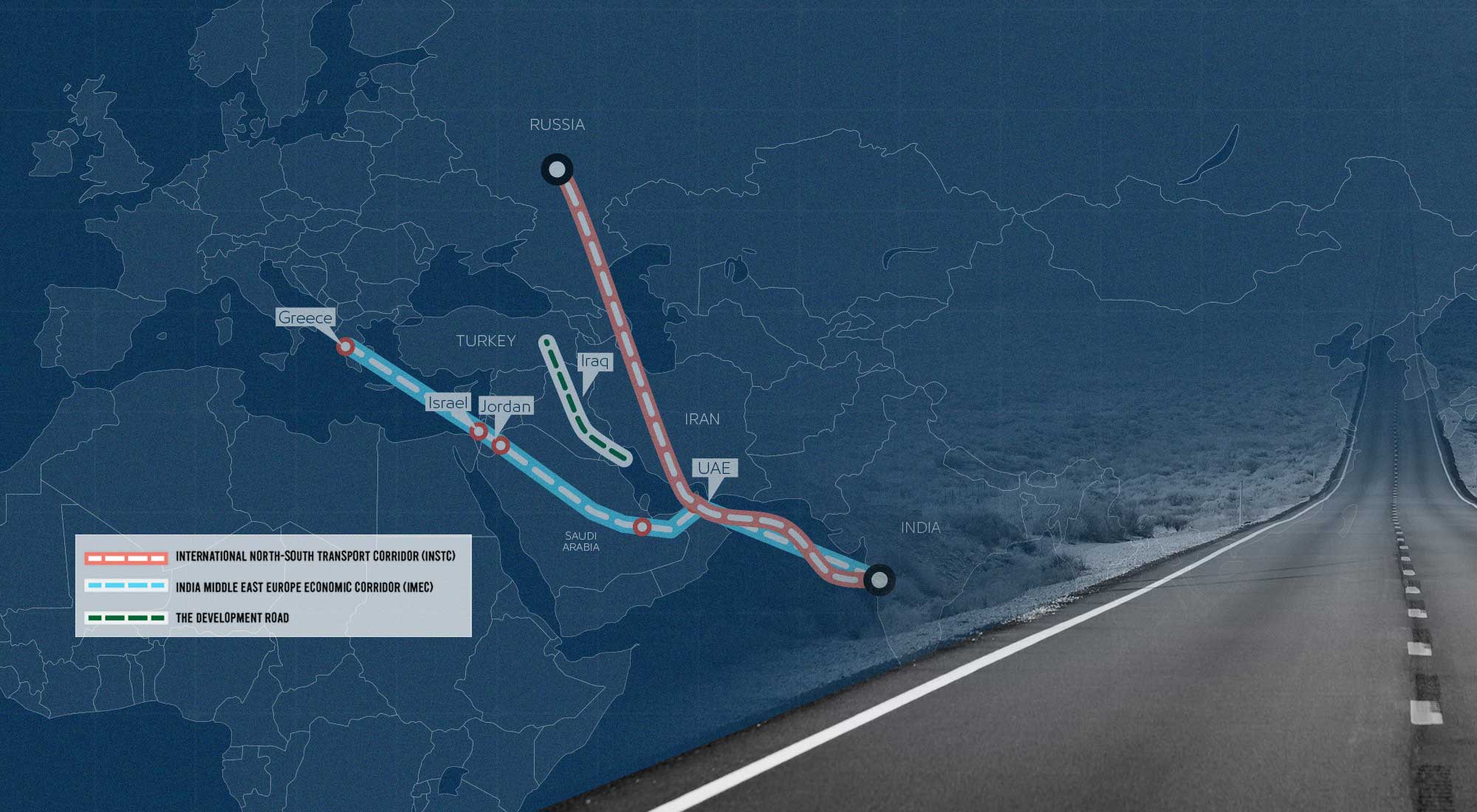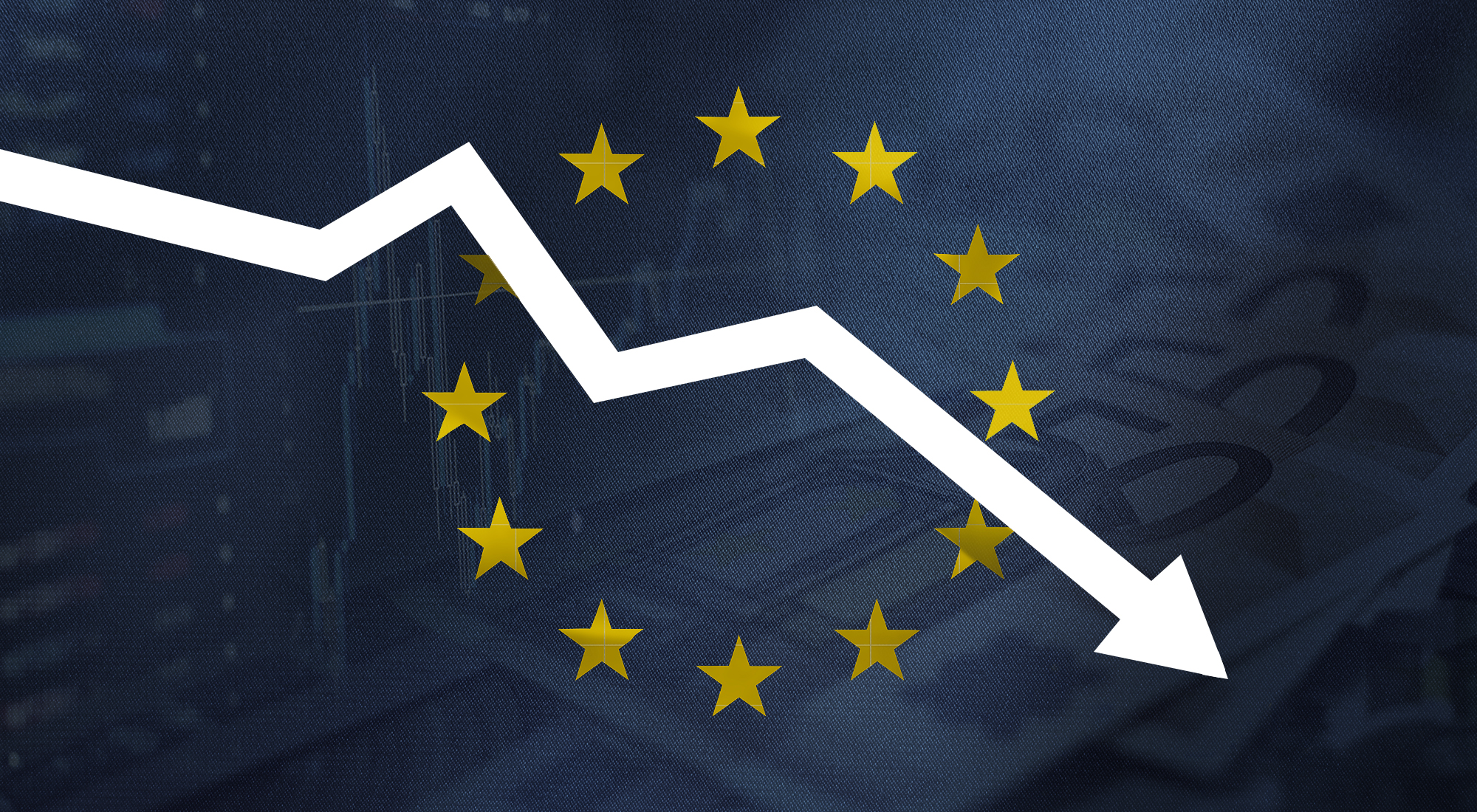Introduction
Bank crises are not a common occurrence due to measures and practices implemented to protect financial systems from such shock. From the 13th century onwards, 1,886 bank defaults have been reported worldwide across 138 countries.[1] Due to the phenomenon of contagion, a crisis affecting one individual bank may escalate and eventually affect the entire financial system. In order to ensure systemic financial stability, governments and central banks have a strong policy interest in early intervention to avoid the contagion risk.[2]
Banks have to assume risk in their business because they collect funds from investors and select appropriate investment opportunities, which allows them to cover lending costs and generate a profit margin. Accordingly, regulations are frequently revised to contain the risk assumed and avoid the risk of frequent defaults.[3]
This paper analyzes the case of Silicon Valley Bank (hereinafter SVB), which failed on 10 March 2023, and highlights the critical issues that caused the bank default. The analysis focuses on balance sheet data, market performance prior to the bankruptcy, and the expected consequences on the banking system.
Silicon Valley Bank: Timeline of the crisis
SVB started its operations in 1983 as a commercial bank headquartered in Santa Clara (USA). The bank provides commercial, international, and private banking services. It also offers business checking accounts, business credit cards, mobile banking services, remote capture services, global payments, foreign exchange risk services, liquidity management, global fund banking, and other banking and global business solutions. In addition, it also provides venture debt, growth capital, working capital, and mezzanine finance.
The holding company (Silicon Valley Financial Group) was listed on NASDAQ in 1988. Growth within US markets commenced in 1996 and witnessed the opening of branches in 15 different states. During the 1990s and through the 2000s, the bank started overseas operations in Asia and Europe.
An analysis of SVB’s balance sheet points to some interesting features that have characterized the bank’s financial position over the last years (Tables 1 and 2).
Table 1. SVB Balance Sheet, 2019-2022 – Assets (in thousands $)

Source: Bureau Van Dijk data processed by the author, https://www.bvdinfo.com/en-gb/
The company grew significantly over the last years, moving from total assets of slightly over US$71 billion in 2019 to around US$212 billion (+198%) in 2022. The growth of the loan portfolio cannot be seen as the main driver of total asset growth insofar as the value of loans offered has doubled while the value of securities held to maturity has increased more than 6.5 times in only four years. In 2022, the securities held to maturity represented 43.12% of the total assets – an even higher weight in relation to total assets than that of gross loans (35.06%).
In the current macro-economic scenario, characterized by aggressively rising interest rates, assets held to maturity expose the bank to a high risk of losses because the likely return offered by securities bought in the past is significantly lower than the return offered by similar new securities trade in the market. Under this scenario, the bank is not able to liquidate assets, if needed, at reasonable prices in the financial markets.
Table 2. SVB Balance Sheet, 2019-2022 – Liabilities (in thousands $)

Source: Bureau Van Dijk data processed by the author, https://www.bvdinfo.com/en-gb/
Deposits represent the main source of funds of SVB (more than 80% each year from 2019-2022), with demand and savings deposits increasing to more than US$106 billion in only four years (from a value of US$59.5 billion to US$165.6 billion).
Lack of long-term financing solutions is a potential issue for the long-term sustainability of a bank due to the liquidity risk. This presents the risk that both demand and savings deposits may be withdrawn by the customers when needed and the bank may run out of cash.
SVB deposit policy is also characterized by large deposits from companies to which the bank lent money. The main issue of following this policy in relation to depositors is that the deposit insurance in the US applies a maximum threshold (US$250,000), over which the deposit is no longer protected from a potential bank bankruptcy. If market rumors about a bank’s liquidity problems arise, this category of depositors is among those with the largest incentive to quickly withdraw funds, resulting in a bank run.
Since February 2022, SVB’s stock price had been experiencing a slow decreasing-stable trend; however, on 9 March 2023, the stock price crashed, dropping more than 60% in only one day (Figure 1).
Figure 1. SVB Stock Price Trend

Source: Bureau Van Dijk data processed by the author, https://www.bvdinfo.com/en-gb/
The sharp decrease in the stock price follows the mid-quarter update issued by the bank for the purpose of raising equity capital. On 8 March 2023, the bank published a report accompanying its plans to issue US$1.25 billion in common stock, disclosing some issues highlighted by Moody’s rating agency:
“We have been in dialogue with Moody’s, who we understand are in the process of considering potential ratings actions with respect to SVB, which could include a negative outlook, a downgrade of one or potentially two notches and/or placing our ratings on review for such a downgrade. In addition, it is possible that S&P also takes action, which could include a downgrade. Although the capital offerings and the AFS portfolio actions, if successful, should improve our profile under rating agency criteria, an adverse ratings action remains likely and could occur at any time, including prior to closing.”[4]
The main issue for the bank is not related to the credit risk exposure, as the bank has a lower loan to deposit ratio with respect to the peers (around 43%). Moreover, in the last few years, the bank has reduced the role of loans to early-stage companies (only 3% in 2022). The main issue for the bank is liquidity management, as customers have reduced their investment in deposits due to economic challenges affecting the sector in which they are working (mainly high technology) and the US Federal Reserve’s policy of aggressively increasing interest rates since after the pandemic.
The failure of the new equity issue obliged the bank to look for alternative solutions for raising cash in the short term, and the solution adopted was to sell a portion of the securities in the ‘held to maturity’ portfolio. However, the strategy was not successful because SVB was able to sell US$21 billion worth of securities to raise cash but suffered a US$1.8 billion loss on that sale (with respect to the book value of the securities). This loss accelerated the bankruptcy of the bank because depositors started to call back money, which in turn exacerbated the liquidity problem for the bank.
The bankruptcy of SVB was classified as a “too-big-to-fail” event by the US government and the US Securities and Exchange Commission (SEC), and a decision was taken to increase the protection of depositors exposed to SVB by removing the maximum threshold of the deposit insurance protection. HSBC has also been involved directly in the recovery process of the UK branch of SVB to avoid the risk of contagion outside the US.
Comparison with other crises in recent history
The SVB default has been compared with similar defaults that occurred during the 2008 financial crisis. Over the time period 2008-2012, the world banking market suffered from a contagion effect related to the subprime mortgage crisis in the US. A large number of US banks faced increased risk due to their exposure in asset-backed securities (ABS) and real estate markets, which experienced a sharp decrease in asset values due to the bursting of the housing bubble in 2008. The reduction in the value of assets increased the risk of default of lenders, with some banks entering into bankruptcy proceedings as a result. Some of the banks involved were Fannie Mae and Freddie Mac, Bear Sterns, Lehman Brothers and AIG.
For almost all banks involved in the developing crisis, the supervisory authorities (FED and US Treasury) favored the intervention of private or public entities in order to contain the contagion risk. The two events during the 2008 financial crisis that could most closely be compared with SVB are the bankruptcy of Northern Rock and the collapse of Lehman Brothers.
Northern Rock was a commercial bank based in the UK. It was healthy in the lending core business but was unsuccessful in raising new money from the money market, due to lack of investor confidence related to the US banking crisis. The bank was characterized by sound financial performance and positive year-by-year growth in assets. However, in 2007, the bank experienced problems in asset liability management as the interest rates offered by long-term assets were mainly fixed, while the cost of collecting money was increasing due to the growth in interest rates. The asset liability management strategy for solving the problem requires the bank to sell some of its long-term assets on the market in order to collect the money necessary to cover the bank’s liquidity needs.[5]
The bank planned to solve the liquidity issues through the securitization of some of the assets owned, but the placement was unsuccessful and the company started to run out of cash. The market was not aware of the size of the problem until the Bank of England intervened to reduce the risk of contagion in the banking system. The Bank of England attempted to help the bank by acting as a lender of last resort but the market interpreted this strategy as a signal of irreversible company bankruptcy. Depositors did not fully trust the regulator, which resulted in mass withdrawals and a bank run. The main effect was a liquidity shortage that accelerated the bankruptcy procedure by requiring that the UK government assume ownership of the lender.[6]
The Lehman bankruptcy is historically considered one of the most relevant defaults in the banking industry because, at the time of its default, it was a major global bank. The bank had been founded in the mid-1800s and worked mainly in investment banking.[7] In the 2000s, the bank’s growth accelerated as a result of investing in riskier and less liquid assets, including structured financial products and commercial real estate assets. At the end of its 2007 fiscal year, Lehman Brothers held US$111 billion in commercial or residential real estate-related assets and securities, more than double the US$52 billion held at the end of 2006, and more than four times its equity.[8]
In November 2007, Lehman reported a leverage ratio of 30.7x.[9] Around the middle of 2007, the real estate bubble began to crash and the value and liquidity of the bank portfolio came under scrutiny by real estate agencies and investors. Lehman’s long-term assets were being funded by short-term debt (e.g., repo agreements and commercial paper), and it borrowed billions of dollars each day in the overnight wholesale funding markets in order to operate. The main effect of the real estate crisis was again a liquidity constraint because the market no longer trusted the bank, and the bank filed for bankruptcy shortly thereafter. The bankruptcy was declared in September 2008 as the US government – which had already rescued other banks during the crisis – decided not to intervene.[10]
The effect of the crisis was long lasting because investors had to acknowledge that even major global banks could under certain conditions fail in a short period of time. In the years after the Lehman collapse, major banks adopted more conservative policies for managing liquidity and generally reduced the practice of exchanging money in the interbank and syndicated loans markets.[11]
Conclusion and perspectives on the crisis
The SVB crisis is an example of risk related to the banking model in a rising interest scenario, whereby incorrect asset liability management significantly increases default risk. The main systemic effect for financial institutions worldwide is related to the lack of investors and lack of depositor confidence. Looking at the performance of the main international markets immediately after the SVB bankruptcy, it is clear that investors are fearful of contagion risk. All the main stock market indexes in Europe and the United States were negatively affected by the SVB bankruptcy. Declarations and actions by the US government and the main US supervisory authorities, however, slowed down the impact on the financial markets.
The main issue in forecasting the medium-long term effect of the SVB crisis is related to the existence of constraints for the monitoring and evaluation of liquidity risk exposure. Countries that have adopted the Basel regulatory framework already have some banking supervision instruments in place.[12] The measures in the Basel III framework include the Liquidity Coverage Ratio (LCR) and Net Stable Funding Ratio (NSFR), as well as literature on two standards required to address a bank’s liquidity risk. In the interest of good risk management, supervisory authorities that are currently not applying LCR and NSFR ought to consider revising their regulatory frameworks by introducing more constraints for the asset liability management of banks under their supervision.
Moreover, the aggressive monetary policies adopted by central banks worldwide also increases the business sustainability risk of the banks that may be suffering liquidity-related challenges. More progressive actions on the reference interest rate may represent a solution to avoid an increase in risk of default for banks that are already undergoing some degree of liquidity risk. In fact, asset liability management will be easier if the market conditions do not change significantly over time, enabling returns on longer-term investments to be more in line with the current cost of the financing.
The effect of the SVB crisis on the global financial markets will depend on the capability of regulatory authorities to react promptly to the crisis and prevent a loss of investor confidence. Over the next months, the US Fed and other regulatory authorities must increase their monitoring of the liquidity risk of banks to identify sectors or countries that have a higher probability of suffering from contagion risk. Coordinated action among supervisory authorities is a key factor for successful crisis management. The Lehman crisis has demonstrated that a lack of early intervention may have negative consequences for economies worldwide.
References
[1] Andrew Metrick and Paul Schmelzing, Banking-Crisis Interventions, 1257-2019, Working Paper No. 29281, National Bureau of Economic Research, September 2021, http://bitly.ws/BEB8.
[2] Edward J. Frydl and Marc G. Quintyn, The Benefits and Costs of Intervening in Banking Crises, IMF Working Paper 00/147, International Monetary Fund, August 2000, http://bitly.ws/BEBw.
[3] Simone Varotto, “Liquidity Risk, Credit Risk, Market Risk and Bank Capital,” International Journal of Managerial Finance 7, no. 2 (2011): pp. 134-152, https://doi.org/10.1108/17439131111122139.
[4] SVB, Strategic Actions/Q1’23 Mid-Quarter Update, March 8, 2023, http://bitly.ws/BECp.
[5] Paolo Mottura, “Lo Strano Caso di Northern Rock,” Banca Impresa Società, no. 1 (2010): pp. 1-26, https://www.rivisteweb.it/doi/10.1435/31904.
[6] David T. Llewellyn, “The Northern Rock Crisis: A Multi-dimensional Problem Waiting to Happen,” Journal of Financial Regulation and Compliance 16, no. 1 (2008): pp. 35-58, https://doi.org/10.1108/13581980810853208.
[7] Peter Chapman, The Last of the Imperious Rich: Lehman Brothers, 1844-2008 (London: Penguin Books, 2012).
[8] Rosalind Z. Wiggins, Thomas Piontek, and Andrew Metrick, “The Lehman Brothers Bankruptcy A: Overview,” Journal of Financial Crises 1., no. 1 (2019): pp. 39-62, http://bitly.ws/BEDZ.
[9] United States Securities And Exchange Commission, Form 10-K: Annual Report Pursuant to Section 13 or 15(d) of the Securities Exchange Act of 1934 for the Fiscal Year Ended November 30, 2007 – Lehman Brothers Holdings Inc., http://bitly.ws/BEJb.
[10] Laurence M. Ball, The FED and Lehman Brothers: Setting the Record Straight on a Financial Disaster (Cambridge: Cambridge University Press, 2013).
[11] Ralph De Haas and Neeltje Van Horen, “International Shock Transmission after the Lehman Brothers Collapse: Evidence from Syndicated Lending,” American Economic Review 102, no. 3 (2012): pp. 231-237, http://www.jstor.org/stable/23245534.
[12] Basel Committee of Banking Supervision, Basel III: A Global Regulatory Framework for More Resilient Banks and Banking Systems, December 2010, http://bitly.ws/BEIh.








